“Bright spots” such as the Kim Chung Workers’ Housing Cultural and Sports Center or workers’ clubs in Dong Anh, Soc Son... are creating a solid foundation, opening up a new, close and practical development direction for the trade union institutional system in the capital.
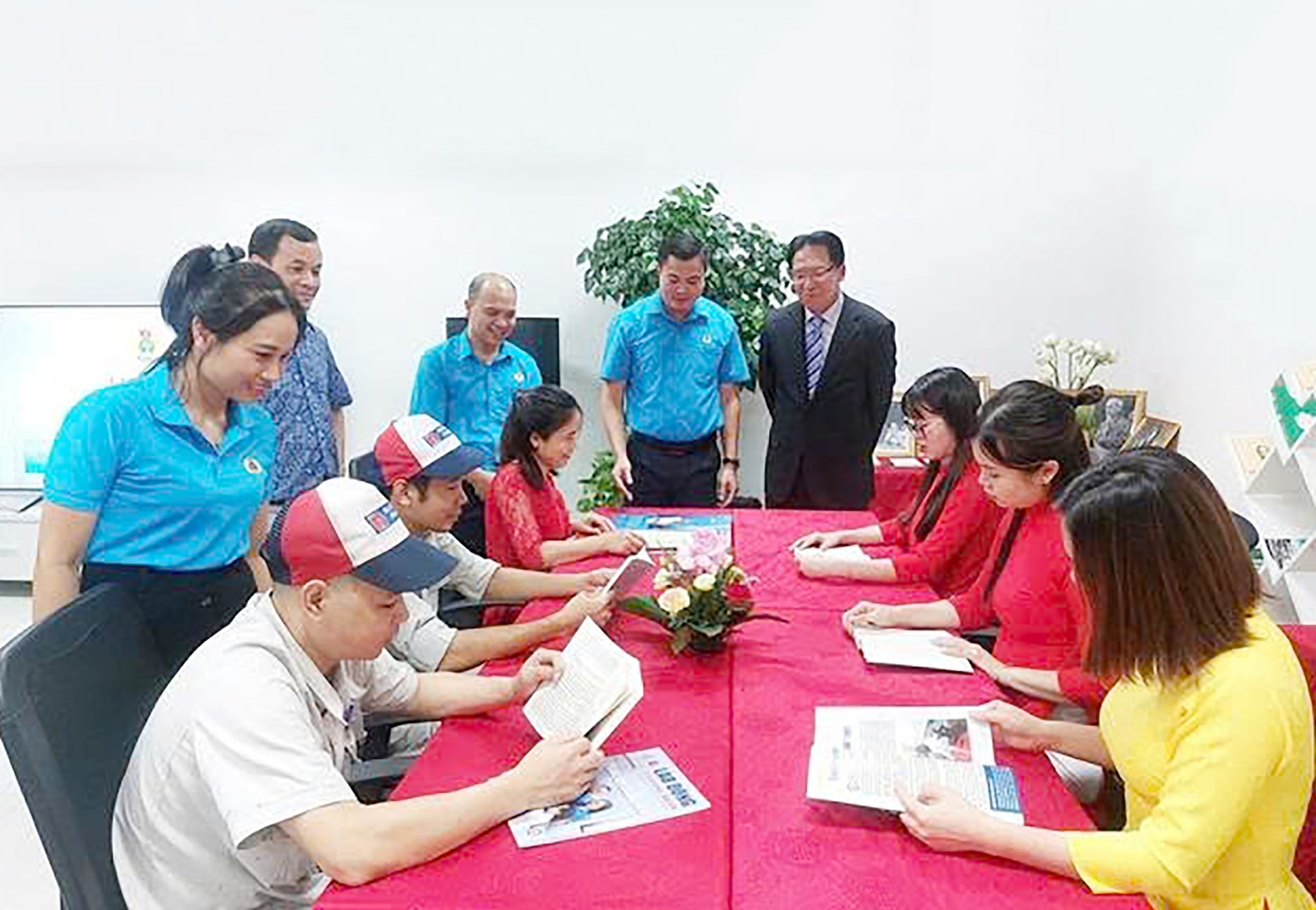
Bright spots need to be replicated
It is estimated that Hanoi currently has about 2.5 million workers, of which the workforce working in industrial parks, industrial clusters and private enterprises accounts for a large proportion. This is a group of workers with high demand for cultural and sports activities, legal advice, life skills education , etc.
However, the existing system of trade union cultural institutions has not yet kept up with that demand. Many trade union cultural houses in the city operate at a low level, with degraded facilities, poor activities, and a lack of specialized staff to organize regular activities. In some places, trade union institutions are misused, transformed into warehouses, offices, or even abandoned due to lack of operating funds. Notably, some areas of (old) districts with a large number of workers such as Dong Anh, Gia Lam, Thuong Tin, Hoai Duc, Bac Tu Liem... still do not have a trade union cultural center of a commensurate scale. Meanwhile, the land fund for trade union institutions in industrial parks is almost non-existent or is fragmented, making it difficult to implement.
Although the overall picture is still gloomy, it cannot be denied that there are still effective, flexible and close-to-workers' needs trade union institutional models. In particular, in the old Dong Anh district, there is not only a workers' cultural activity point invested in and built by the Hanoi City Labor Federation, but also a workers' cultural activity point in Nhue village (now Thien Loc commune) built by the former Dong Anh District Labor Federation, and the Kim Chung Workers' Housing Area Cultural and Sports Center invested in and built by the Hanoi City People's Committee. With a proactive and creative approach, this place regularly organizes cultural and sports programs, sports exchanges, legal discussions, health communication, life skills training, etc., attracting thousands of union members and workers to participate. Activities are organized in a variety of groups and production shifts, making it easy for workers to access and not be "abandoned" after work.
At the boarding houses in Dong Anh and Soc Son, grassroots unions have coordinated to build Workers' Clubs, organize regular activities, create a healthy cultural environment, and support the spiritual life of workers far from home. Many mobile film screenings, mock trials, mobile legal communication sessions, etc. have helped workers understand and protect their legitimate rights. Some large enterprises in Hanoi have also proactively invested in on-site cultural institutions, coordinated with grassroots unions to organize regular activities, cultural and sports exchanges, legal knowledge competitions, etc., not only improving spiritual life but also increasing the connection between workers and enterprises. Although still local, these models show the great potential of trade union cultural institutions when invested in the right direction, close to reality, and with good coordination between unions - government - enterprises.
Removing “barriers” from practice
At seminars and conferences, many experts, scientists and managers have made recommendations to remove obstacles and promote the development of the capital's trade union cultural institutions. Notably, the proposal to develop a master plan for the development of Hanoi's trade union cultural institutions by 2030, with a vision to 2045, in conjunction with urban planning, the program for developing workers' housing and public cultural spaces, is a highlight.
In addition, it is necessary to prioritize the allocation of public land funds, take advantage of existing facilities to renovate into trade union cultural activity centers; pilot the model of multi-functional Trade Union Service - Cultural Center, integrating functions such as legal advice, community activities, welfare purchases for union members, and organizing cultural events. Opinions also emphasize the need to increase socialization, mobilize businesses to participate in investing and operating cultural institutions, especially in new industrial parks such as Bac Thang Long, Quang Minh, Phu Nghia, etc.
At the same time, it is necessary to promote the model of “mobile union culture” with activities such as small stages, mini libraries, film screenings, and sports events to boarding houses and residential areas with large numbers of workers. However, to date, the results are still modest and cautious.
According to Associate Professor Dr. Bui Hoai Son, Standing Member of the National Assembly's Committee on Culture and Education, one of the major "barriers" preventing the trade union cultural institutions in Hanoi from developing adequately is the lack of clean land funds, suitable for planning, especially in areas with a high concentration of workers. Land allocation for trade union cultural institutions faces many difficulties due to legal procedures, high land prices, and lack of support mechanisms from local authorities.
In addition, investment resources for trade union cultural institutions are still limited. The staff working on trade union cultural work are mostly untrained and often hold multiple positions, leading to low operational efficiency. In many places, although the institutions have been established, they cannot operate effectively due to lack of human resources, lack of content of activities and lack of maintenance funds. Notably, the current thinking on developing trade union institutions is still heavily administrative and formalistic, not really based on the practical needs of workers, lacking in attractiveness and sustainability in organizing activities.
“With the characteristics of a special urban area with a high population density and large number of workers, Hanoi really needs a separate and systematic strategy in developing a system of trade union cultural institutions. This is not only a practical solution to care for workers but also contributes to building a healthy, progressive and cohesive cultural and social environment in industrial parks and residential areas,” Mr. Son emphasized.
Mr. Nguyen Tuc, member of the Presidium of the Central Committee of the Vietnam Fatherland Front, affirmed that a livable capital cannot be measured only by economic growth index or massive infrastructure projects, but must also be felt from the living, working and spiritual spaces imbued with humanity and community connection. However, the current reality shows that the system of trade union cultural institutions in Hanoi is still thin, fragmented, lacking systematic planning and operating ineffectively in many places.
Meanwhile, the lives of workers - a group that is mentally vulnerable - need closer and more practical cultural supports than ever. Therefore, caring for the trade union cultural institution cannot stop at slogans or a few formal models.
It is time to build a comprehensive and in-depth strategy for developing trade union institutions, with substantial coordination between trade unions, local authorities, businesses and social organizations. The problem is not only about investment in infrastructure, but also about human resources, activities, operating mechanisms and synchronous commitments from all levels and sectors.
Above all, a strong, long-term and consistent political determination from the entire political system of the capital is needed. Because investing in trade union institutions today is investing in the quality of human resources, in the connection between workers and businesses and in the sustainable development of Hanoi in the future.
Source: https://hanoimoi.vn/doi-moi-thiet-che-van-hoa-cong-doan-giai-phap-nang-cao-chat-luong-doi-song-cho-nguoi-lao-dong-709818.html




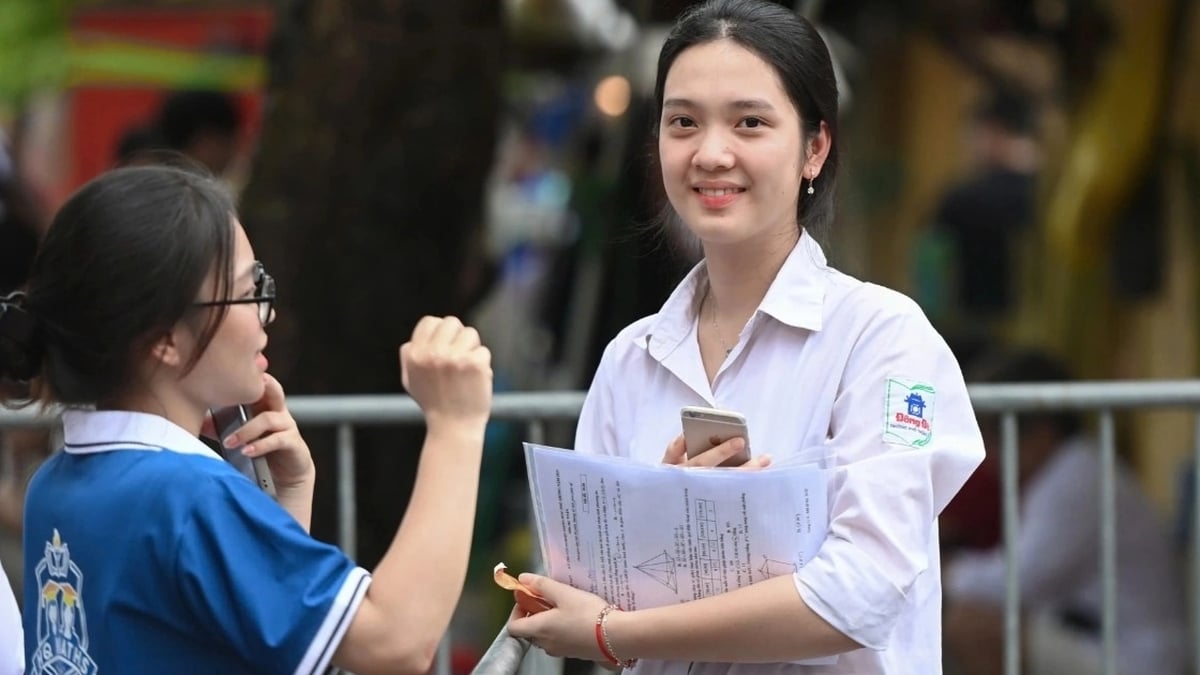
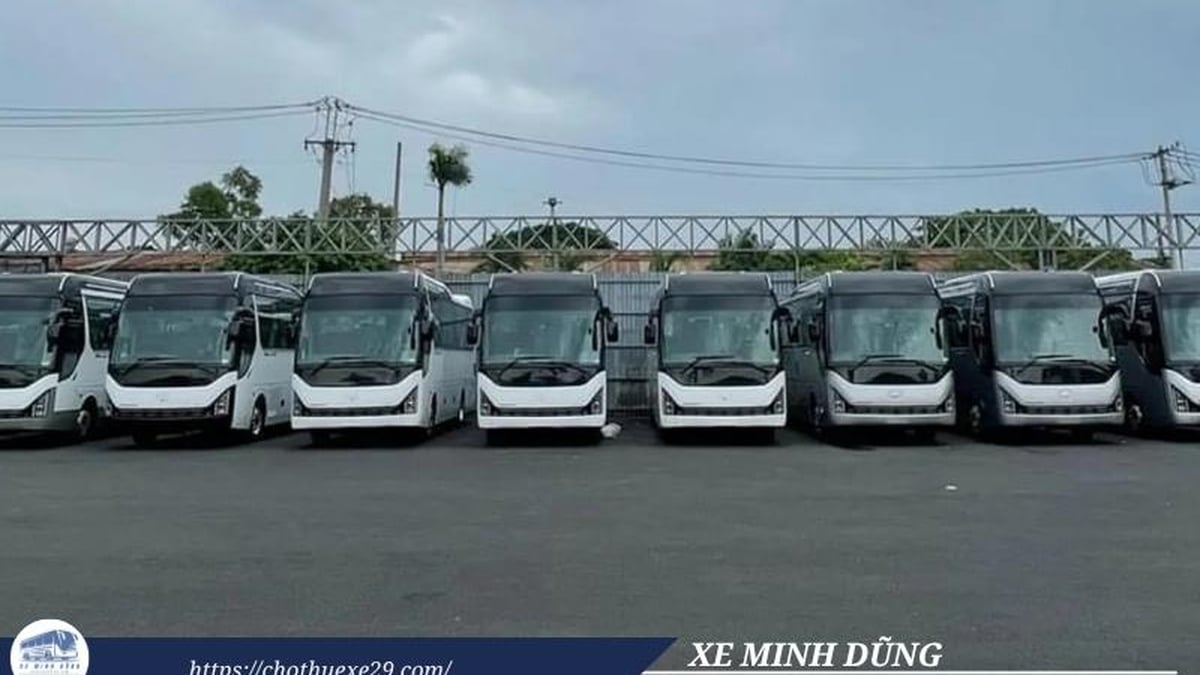
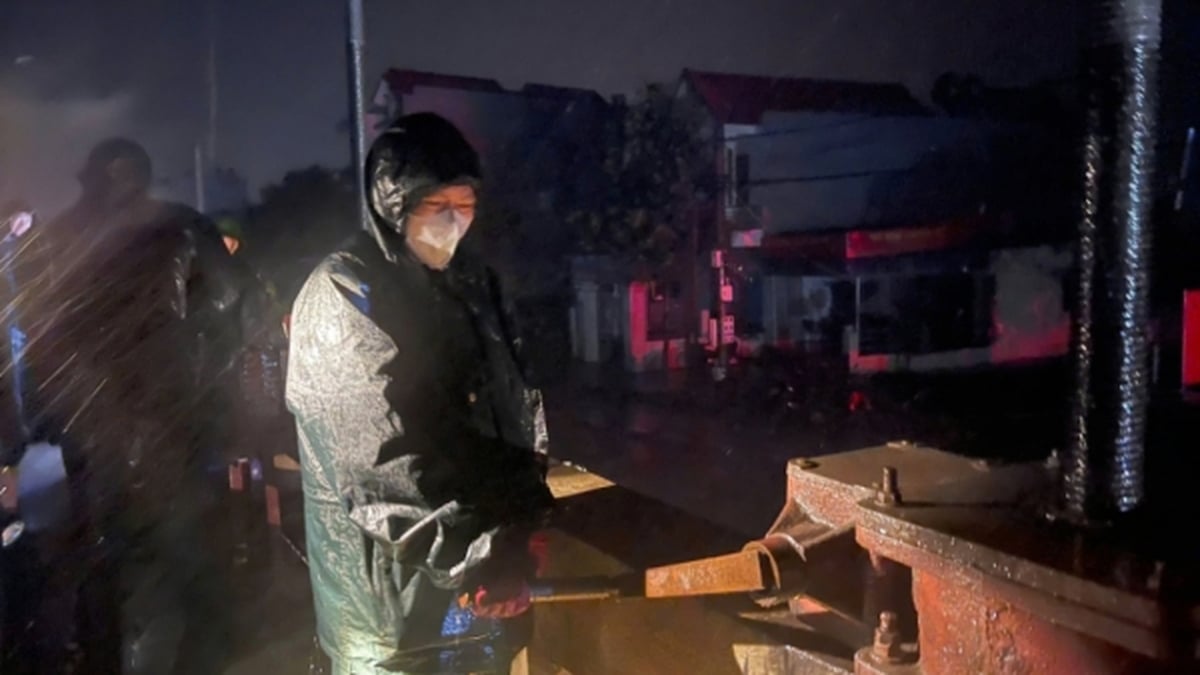
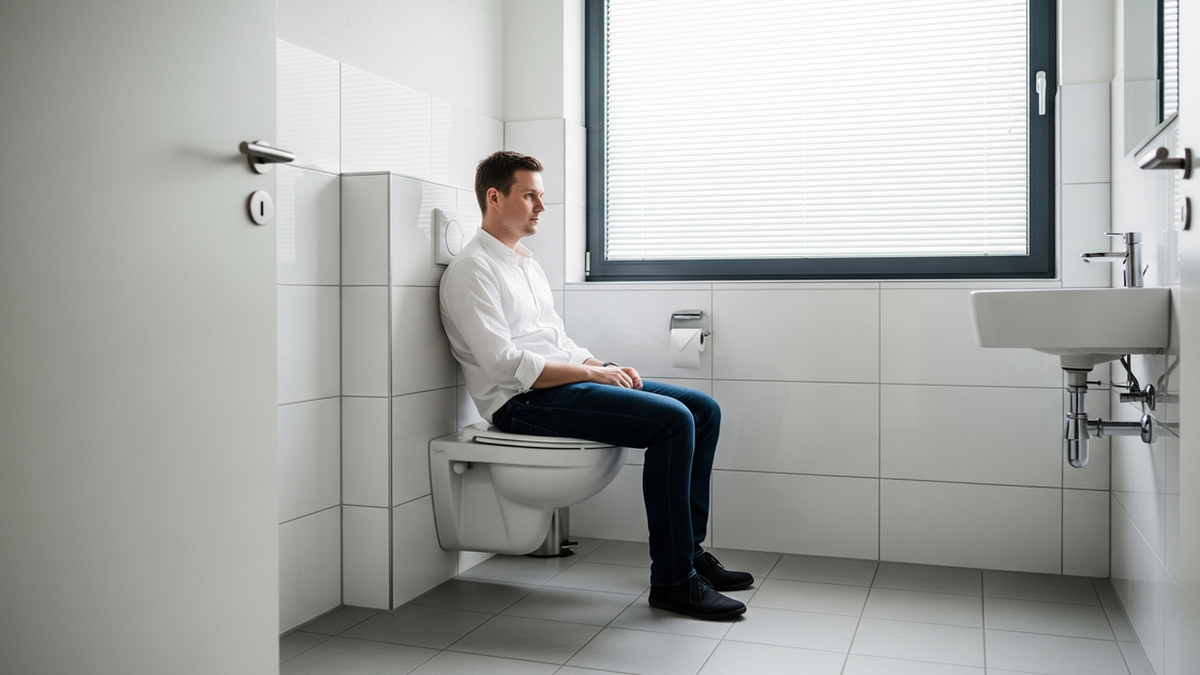
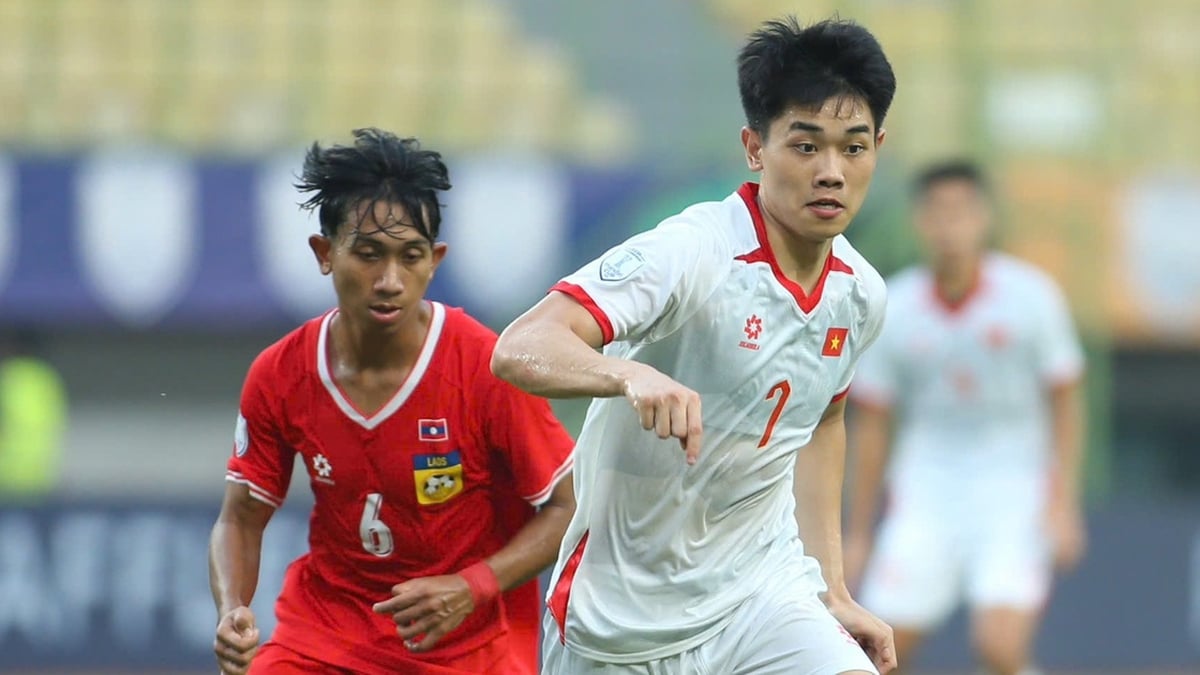
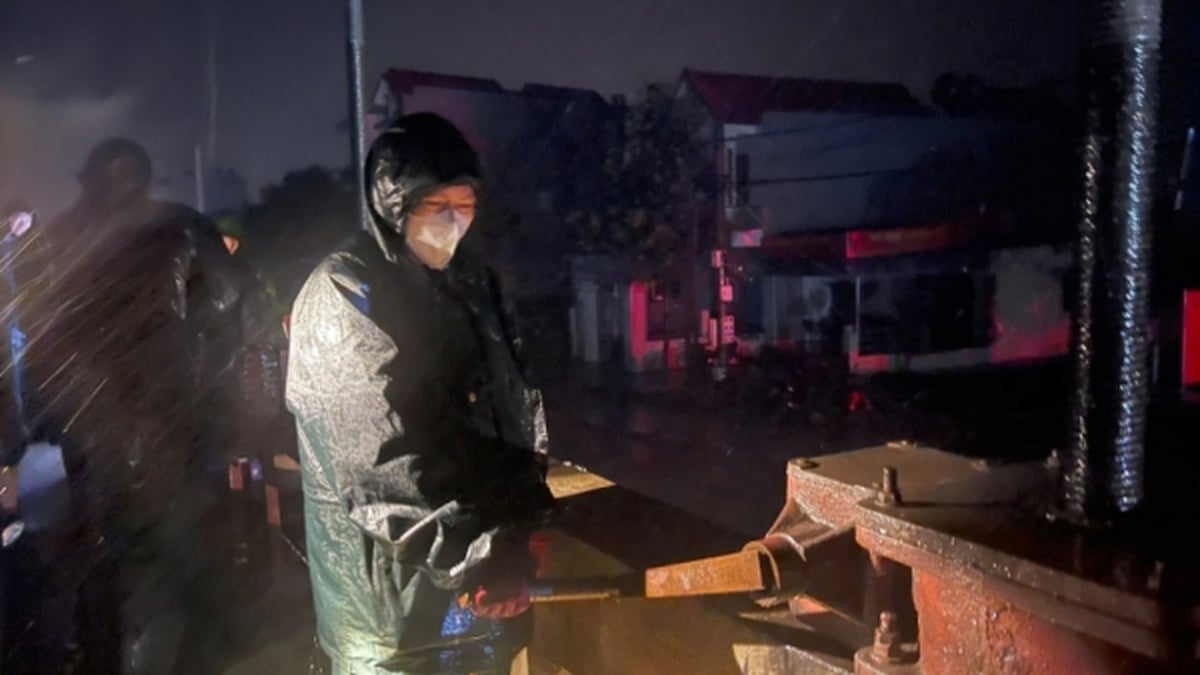

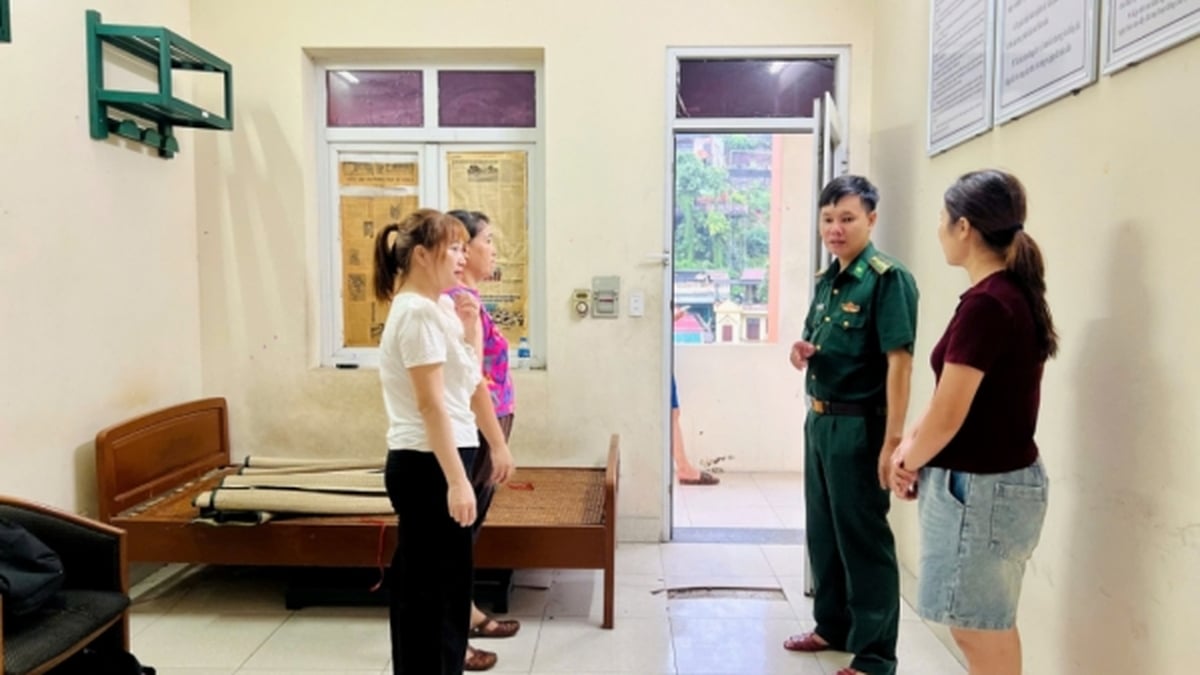










![[Photo] National Assembly Chairman Tran Thanh Man visits Vietnamese Heroic Mother Ta Thi Tran](https://vphoto.vietnam.vn/thumb/1200x675/vietnam/resource/IMAGE/2025/7/20/765c0bd057dd44ad83ab89fe0255b783)















































































Comment (0)